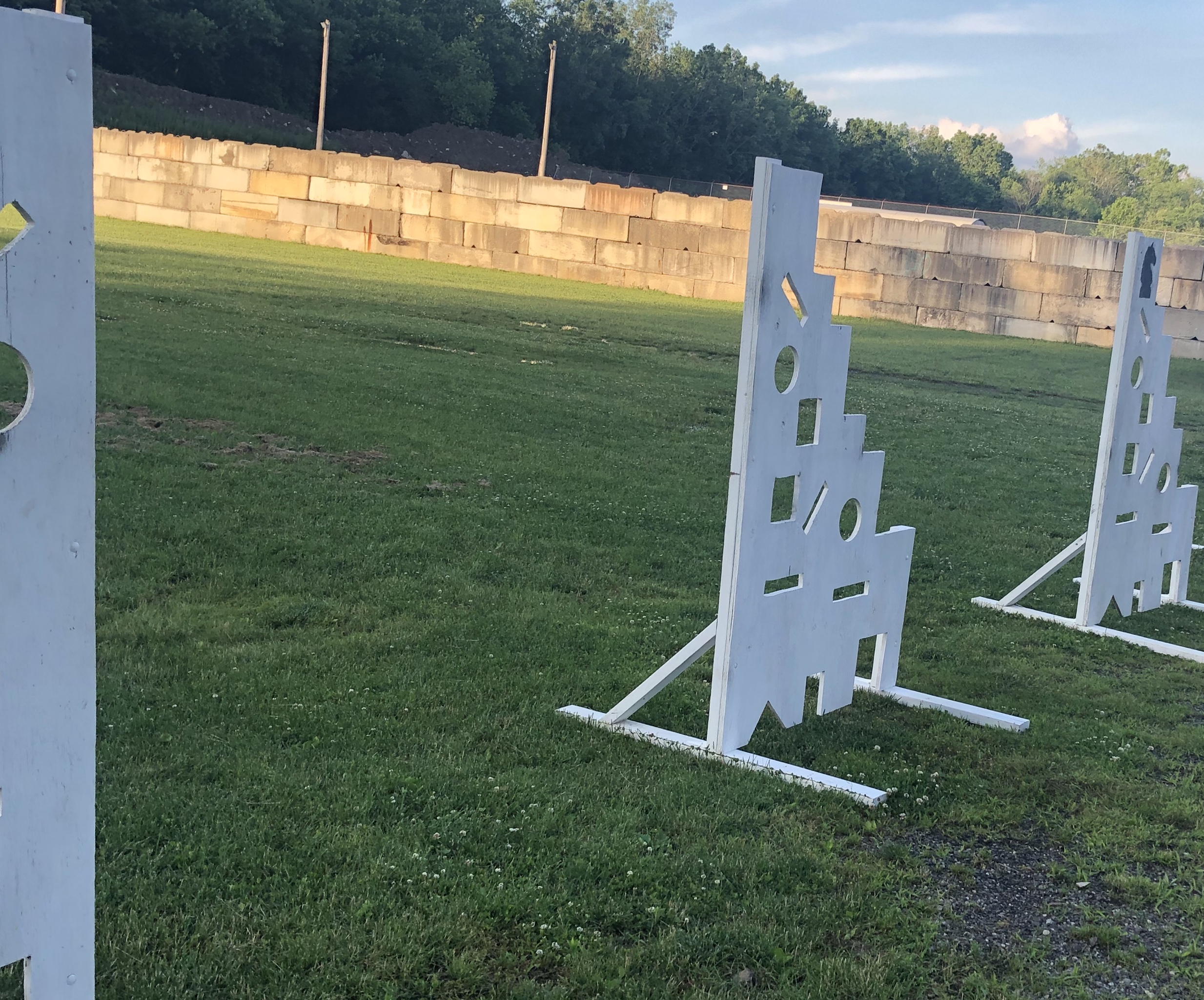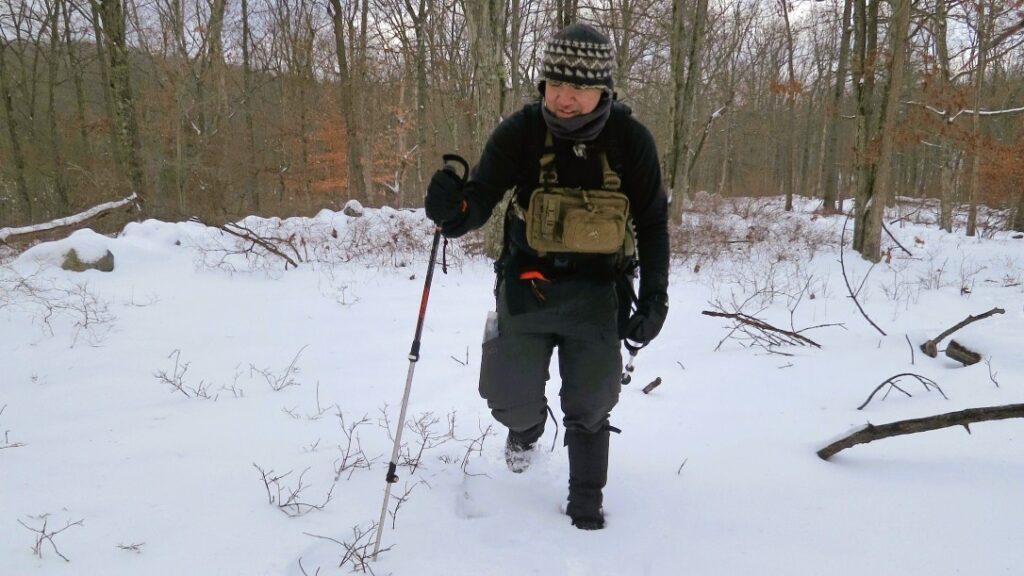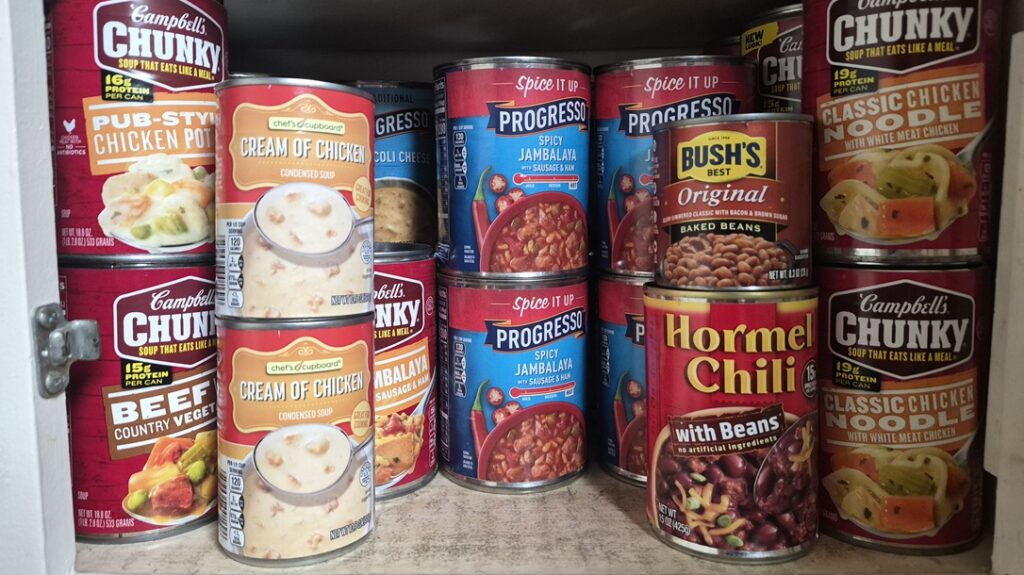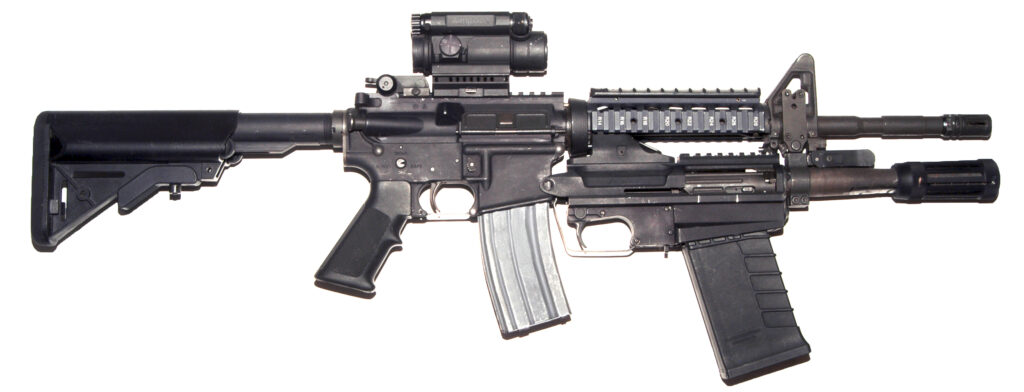If you are unaware of the mountain of procedure the US Military has to go through for… well… anything, I wish to direct your attention to TC 3-20.40. The 826 page document is all about the new and improved individual weapons qualifications for the U.S. Army.
Yes, nearly 1,000 pages to summarize how to qualify on the various individual and crew served weapons soldiers will use. It gives everyone from commanders down to individual soldiers what they need to be doing in order to qualify, including expected time to complete per soldier(s).
There’s a mountain of information packed into this document but I want to highlight something that Appendix E brings out, and I am thanking heaven above and anyone else who apparently listened because the old Army rifle qualification procedure, combined with the rest of the bureaucratic insanity, was a shit show.
Advertisement — Continue Reading Below
Ye Olde Army Qualification
The military likes to pretend that every soldier and Marine is a shooter. They aren’t, the military apparatus doesn’t spend nearly enough time on small arms handling for proficiency. Combined arms, infantry, SF, and units expected to actually get into shooting situations are usually better off, but the rest of the “every soldier is a soldier first” and “every Marine a rifleman” gets left behind.
Bureaucracy at its finest.
The old start to finish annual rifle qualification for those “left behind” units consisted of… 98 rounds. 98 rounds to train and retrain soldiers in order to effectively engage targets 50-300 meters distance. For anyone who shoots regularly, at those distances and these standards, passing this qualification was easy.
Advertisement — Continue Reading Below
It also gave those soldiers no training value. None. And if you didn’t qualify, oh well.
Here was the breakdown.
Zero
18 rounds of the 98 was slated to zero your service rifle. Not train. Zero. 6 iterations to achieve a useable 25m/300m zero that was good enough, hopefully, and off to the qualification range the soldier went.
Advertisement — Continue Reading Below
Qual.
Qual or Qualification is 40 rounds of whack-a-mole with green pop-up targets. Minimal direction is given and in my observation even the three shooting positions (prone supported, prone unsupported, and kneeling) were not really adhered to. It was just get the minimum number of hits to mark your check in the box as “qualified” and get off the range.
In “theory” there is supposed to be a practice (pre-qualification) 40 rounds and then a qualification 40 rounds. In working effort shooters who would qualify first time around would just shoot and then the leftover ammo would be used to give the failing shooters another crack at whack-a-mole in hopes that they passed.
It was a shit show.
Advertisement — Continue Reading Below
No training value. No assistance for soldiers who could not hit targets even 10 times out of 40. No emphasis on the importance of marksmanship or that this is a life saving combat oriented skill set. THE lifesaving combat oriented skill set. Just a talk with someone who passed the qualification and try again…
New Army Qualification! More Rounds! More Trainable Content!
The new qualification course has changed several things, and oh do I like them. Combined with a proper bit of training in dry-fire prep this will turn the qualification into an exercise that has value to soldiers, especially those who are struggling now by being under trained. These soldiers previously had little-to-no recourse to develop their skill set.
They cannot take extra ammunition and go train independently. Reserve and guard soldiers were twice up the creek, no paddle in sight. They couldn’t even jump into another qualification happening at the minimum time frame.
Advertisement — Continue Reading Below
New Target, A8
The first phase that is dramatically different from the older methods is on the 25 meter zero range. New targets.

Zeroing is NOT a threat engagement training exercise. It is for setting up a fully functional rifle.
Advertisement — Continue Reading Below
The new target (A8) helps with this fact and provides an aiming point to zero the sight(s) properly to the 4 MOA goal, 6 MOA minimum that does not leave it subjective to the soldier to pick their “hold” on the silhouette. It wasn’t on the old targets either but soldiers treated it as such and it was poorly designed to focus the eye.
Here’s new the layout – The target’s center diamond box is the point of aim. It is 4 MOA (Minute of Angle) tall and 4 MOA wide. The perforated inner ring is a true 4 MOA, the perforated outer ring is 6 MOA. All shots after zeroing must be within the 6 MOA ring, preferably within the 4 MOA ring.
The boxes are each 1 MOA at 25 meters. This means all of the military optics that use MOA adjustments (the majority, and all for service rifles currently) can adjust off this target. It does not matter what rifle is used and a guide for common optic systems is on the target for adjustments.
Advertisement — Continue Reading Below
Grouping and Zeroing
The old standard for zeroing was 3 round groups. The new standard is 5 round groups. The 5 round group is far more indicative of both the point of aim the soldier is using and how well the soldier is shooting through dispersion. The goal is 4 MOA or less. It can be easy, even with poor form to get a false reading for accuracy and point of aim off of a 3 round group.
Grouping
After the period of instruction on proper marksmanship fundamentals, which is largely unaltered, the first live fire exercise isn’t zeroing. The first live fire exercise is grouping.
Advertisement — Continue Reading Below
Grouping is 3 strings of 5 rounds, for a total of 15 rounds, fired by the soldier with the primary sighting system or iron sights to establish that the weapon and the soldier can shoot to standards. 4 MOA grouping or under is the goal, with the 6 MOA minimum. The 5 shot string will be fired center point of aim, however the sights or optic will NOT be adjusted during this time. 4 of the 5 rounds must be under the dispersion standard.
Grouping was entirely absent from previous qualification iterations, at least in practice, and its failure to be included did a great disservice to the soldiers who were struggling. As a consequence soldiers consistency was never observed. It is impossible to track errors on the pop-up range because the target systems are hit/miss and will not indicate where a miss occured.
These first 15 rounds allow coaches to assist soldiers who are struggling with consistency, remember fundamentals, and not be as affected by information overload. IO normally shuts struggling soldiers down from learning what their service rifle is trying to tell them because each time they shoot so many things would happen and they are being pressed through the grinder just to get done with the day.
The first 15 rounds, those 3 strings of fire, are just focusing on fundamental shooting and grouping. This at a distance where coaches can make corrections and recommendations for remediation early and on targets that will visually show the information they need.
These 15 rounds will provide a much needed benefit to the soldiers who struggle most and were completely left behind on the old system.
Zeroing
Zeroing will follow the same 3 string 15 round procedure as grouping. This will bring the rounds fired total to 30 so far. Primary optics will be adjusted during this time period. If iron sights are to be used or have not been zeroed the same procedure can be used to zero the iron sights. If both iron sights and optics are used the total fired rounds so far will be 60.
Red dot optics (CCO) that can be co-witnessed can be zeroed first and then the iron sights (BUIS) zeroed after. With an ACOG (M150 RCO) the iron sights must be zeroed first and then the ACOG properly installed before zeroing, there is no co-witness with magnified optics.
This covers six “engagements” so far. 1,2, and 3 are the grouping strings of fire, 4, 5, and 6 are the zeroing of the optical system(s). Repeated if the soldier zeroes more than one optical system (IE: Backup Iron Sights/BUIS & CCO).
Engagement 7 is confirmation at distance. Soldiers will fire 5 rounds at a 300 meter target and achieve 4/5 hits to confirm their rifle is zeroed and they can fundamentally hit at the required distance.
Engagement 8 will be 5 hits on a 100 meter target and 5 hits on a 200 meter target. This is known as the application of hold offs.
Why the middle distance targets?
The trajectory of a 25/300m is very steep, so at ranges of 100 and 200 meters the bullet is well above the line of sight/point of aim through the optic.

As seen on the target here the 100, 150, and 200 meter shots are much higher than the point of aim. It’s for this reason I do not like the 25/300 zero, but it is the US Army standard.
Engagement 8 is passed with 4/5 hits at 100 meters and 4/5 hits at 200 meters. Soldiers will aim low on the exposed targets to offset the high part of the trajectory arc. For both engagement 7 and 8 it will be singular targets that fall when hit and then reappear, the target will not randomize. At this point the soldier is still confirming zero and fundamentals.
At the completion of engagement 8 the soldiers will have fired 45 or 75 rounds (two optic systems) minimum compared to the 18 rounds of the old system. More trigger presses equal more practice. This new zeroing procedure will allow for a higher percentage of qualified soldiers by virtue of an over 100% increase on fundamental repetitions in a controlled and trackable environment.
Practice
The practice phase should be conducted, according to TC 3-20.40, but due to time limitations it may be skipped.
Personally I believe it should be allowed for, especially as the qualification has altered significantly from the old standard. The live round count is still 40, but position shooting, starting position, and target sequence are all altered.
What’s different?
Instead of 20, 10, and 10 for the firing sequence the new standard uses a 4×10 format with timed position changes and magazine changes. There is also a soft stoppage clearance with a dummy round in one of the magazines. The dummy (or empty case) must be somewhere in the middle of the magazine and not the first or last round, this forces the soldier to clear during target engagement and assesses proper technique under time.
Barrier use will also now be part of the qualification. They will be used in the supported kneeling and supported standing strings. Benefit to the soldiers include greater use of support and more realistic use of barrier cover and support to engage targets at distance.
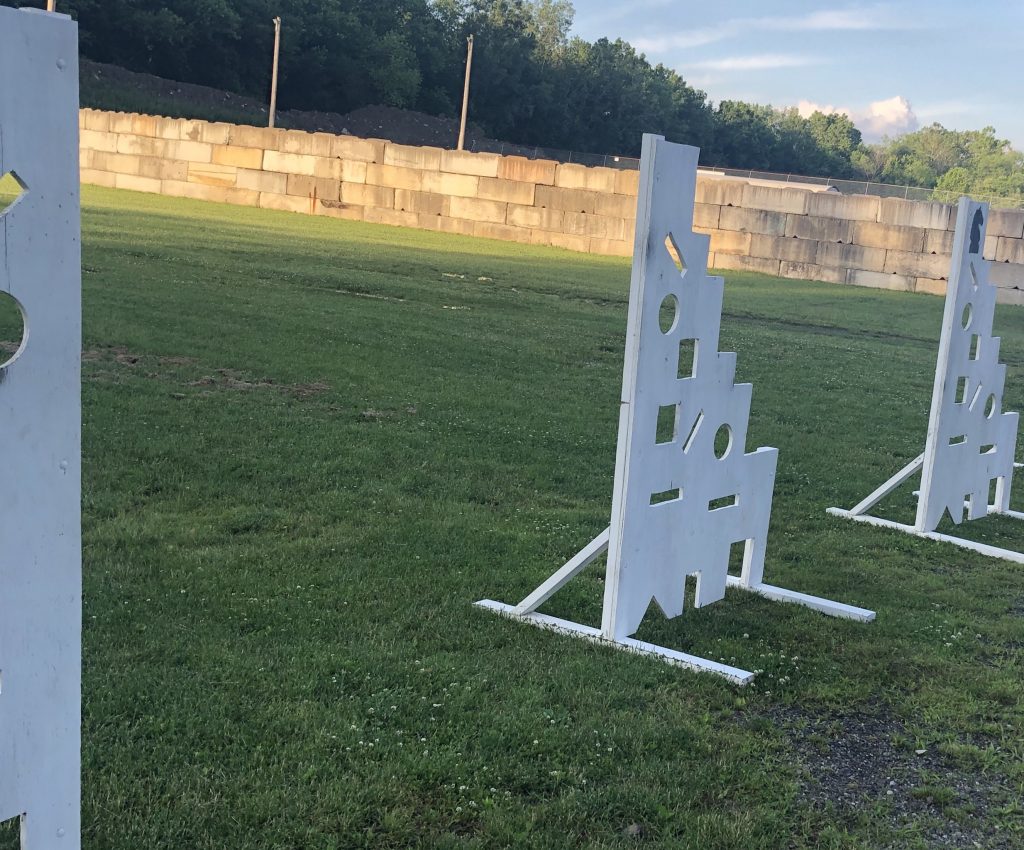
Sequence of Fire, Practice
Soldiers will start standing.
Loading a 10 round magazine and waiting for the first target. Once the sequence is started, it is on, there will be no stopping until all 40 rounds are expended. One round per target. Targets should be engaged near to far if more than one target is exposed.
The first target will pop up at 50 meters. The soldier will engage the close threat standing and then drop to prone, unsupported. This simulates a close contact engagement and reaction.
First target will expose for 3 seconds, there will be a 5 second period for prone transition, and then the remaining 9 targets will expose in sequence. There will be 2 more single target exposures, one at 100m and one at 150m. The next will be a 3 target exposure at 50m, 150m and 200m. Soldiers should remember there are two 50m targets, one left and one right. The final will be a 4 target exposure at 150m, 200m, 250m, and 300m.
Soldiers move to a prone supported position using available aids, like sandbags. 8 seconds are allowed for this transition. Soldiers will reload their weapon during transition. Prone supported target exposure will start at 100m. Then 150m and 300m, 200m and 300m, 250m and 300m, and finally 150m, 250m, and 300m.
Soldiers move to kneeling supported using the barrier. 8 seconds are allowed for the this transition. Soldier will reload their weapon during transition. Kneeling supported targets will expose at 50m, 100m, and 200m to start. Then 50m and 200m, 150m and 250m, and 100m, 150m, and 200m.
Soldiers move to standing supported position, still using the barrier. 8 seconds are allowed for this transition. Soldiers will reload their weapon during the transition. Standing supported target exposure will be at 50m and 100m to begin. Then 200m and 250m, 50m, 100m, and 150m, and finally 100m, 200m, and 250m.
Sequence Training Value
The whole drill will take 3 minutes and 10 seconds (3:10). During that time the soldier will fire 18 engagements on 40 total targets (one round per target), perform 4 position transitions under time, perform 3 emergency reloads under time, and clear one induced soft malfunction placed somewhere in the 4 magazines at a random interval.
Passing the event is considered 28/40 targets hit. The practice is not an event required to be passed, it should be an individual goal to clear it with as many hits as possible. It is not an overly demanding course compared to other drills, but it is a long sequence and given heat, fatigue, and other draining factors it can still be a challenge.
Completing the practice and passing the standards indicates the soldier (or any shooter doing so) can proficiently engage targets within the effective range of their rifle, reload the rifle on empty, fire from different positions, and clear a soft stoppage.
They are “qualified” to a minimum standard. Soldiers and all rifle shooters who can should aspire to shoot this cleanly 40/40.
Qualification
I will go through some of the details. As with previous iterations of the qualification the nightfire and CBRN portions can be completed on a simulator. I will not be covering those portions in detail but they are altered (CBRN is done standing, unsupported) and accuracy standards are higher (70% to pass).
The minimum score to qualify is 23/40 with live fire.
Sequence of Fire, Qualification
In short it’s the same sequence as the practice, 4×10. Two factors are made easier, the total time limit is now 3:58 not 3:10. Target exposures will be longer and the time to transition positions is now 10 seconds, not 8. Finally, there will not be a deliberate stoppage induced for the qualification. It is a straight 40 rounds.
If you can clear the Practice, the Qualification should be no problem. The Practice is specifically designed above minimum standards.
Validation
Sometimes referred to as the 25 Meter Qual, the Validation is not a true rifle qualification. It can be used officially to extend an existing on record qualification by 6 months.
As an unofficial tool it is easier to facilitate this training than using the 300 meter range. It can also very easily be done by any individual on their own who wants to train to the Army standard but has more limited and non-automated facilities.

Those shooting the Validation will also need a barrier.
Sequence of Fire, Validation
The Validation is an 82 round (80 live, 2 dummy) exercise completed in two phases. Whether you pause between may be left up to you, the individual, or the unit SOP, but if completed in unbroken sequence it will require 7 minutes and 24 seconds (7:24).
The soldier/shooter will have 8 magazines. The 2nd magazine (first reload) and 6th magazine should also each have a dummy round in their load of 10, in order to induce a stoppage.
Slow Fire
Soldier/Shooter will be given a 10 second phase to make ready and go prone, unsupported. They will engage each silhouette with 1 round in a 1 minute time limit.
10 second transition and reload to prone, supported. Engage each silhouette with 1 round in 1 minute. Stoppage will be in this magazine and must be cleared correctly.
10 second transition and reload to kneeling, supported. Using the barrier as support, engage each silhouette with 1 round in 1 minute.
10 second transition and reload to standing, supported. Using the barrier as support, engage each silhouette with 1 round in 1 minute.
Standards to pass is 75%, 3/4 hits on each silhouette.
Intermediate Fire
A 10 second transition takes place between the Slow Fire and the Intermediate Fire phases. If logistics do not allow for an 8 magazine loadout use this period to pause and reset for Intermediate Fire. I recommend using a 6 second load and make ready phase once the soldier/shooter is prepped. NOTE: That time suggestion is not part of the TC course of fire, just a logistic recommendation.
During this transition the soldier/shooter reloads and goes from the standing position, how they ended the Slow Fire phase, to the prone, unsupported. Soldier/Shooter will engage each silhouette with 1 round in a 30 second time limit.
6 second transition and reload to prone, supported. Engage each silhouette with 1 round in 30 seconds. There will be a stoppage to clear in this magazine, if the loadout was done correctly and in order.
6 second transition and reload to kneeling, supported. Using the barrier as support, engage each silhouette with 1 round in 30 seconds.
6 second transition and reload to standing, supported. Using the barrier as support, engage each silhouette with 1 round in 30 seconds.
Standard to pass is 75%, 3/4 on each silhouette.
What does the new standard mean?
If you’re among the sadly small percentage of the population that has taken an intermediate or advanced rifle course on your own time/dime or an agencies’ time/dime you can recognize the standards here are not overly difficult. However that percentage is the result of those courses difficult buy in, not just the cost but the independent time requirement. Not going to a course because you cannot go to one, or do not want to go to one are understandable sentiments. I believe these are the wrong sentiments though, especially for those who want to improve themselves as shooters.
The new standard does mark several doctrinal improvements over the old standards that will aid soldiers in making those standards and make the rifle qualification count for a little more than it did. The Validation and Qualification are actually pretty good standards drills on their own, if your range can support them logistically.
Many things that were lacking as standards to train toward are incorporated. Reloads, position transitions, stoppage clearance, and target transitions all receive an emphasis. Zeroing and grouping are also given independent time and emphasis in a segment that can be used to aid soldiers who struggle, the execution phase of the grouping and zeroing better allows for this.
Expediting those phases for soldiers who do not need the help is also still possible. To push soldiers into the practice or qualification portions as they have other duties to complete is the nature of military life, the different sections can be accounted for and utilized to best effect.
In short. Firing the new 155 round standard that includes grouping, BUIS zero, optic zero, practice, and qualification, effectively doubles the repetitions soldiers will get on fundamental tasks to operating their service rifles. This is good. The addition of emergency reloads and position transitions under time are skills that were never emphasized in the old standards, now they are. This is excellent.
I hate the phrase “train how you fight” for the crock of crap it is in practical everyday practice for the military. However, this new qualification is proof someone somewhere in training is paying attention and has finally gotten a practical modernized standard through.
